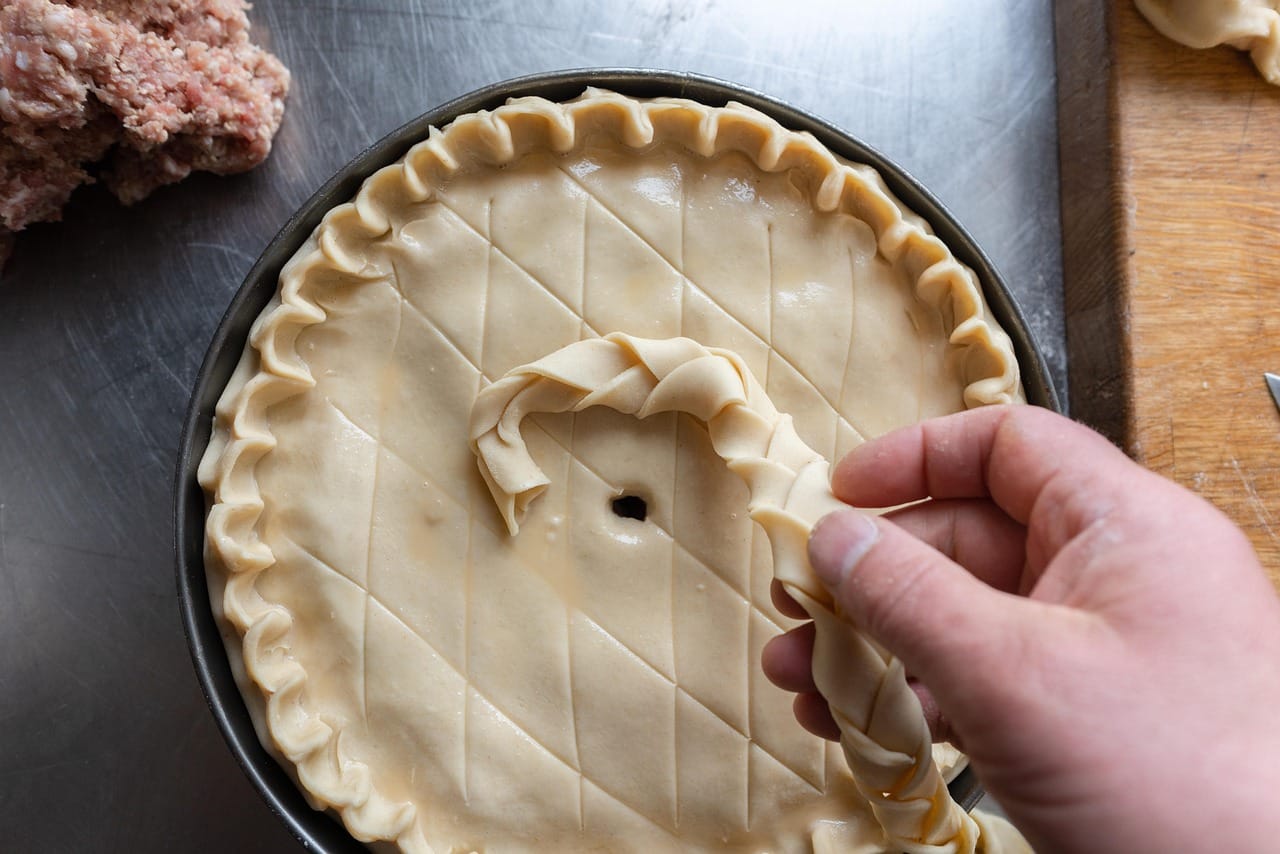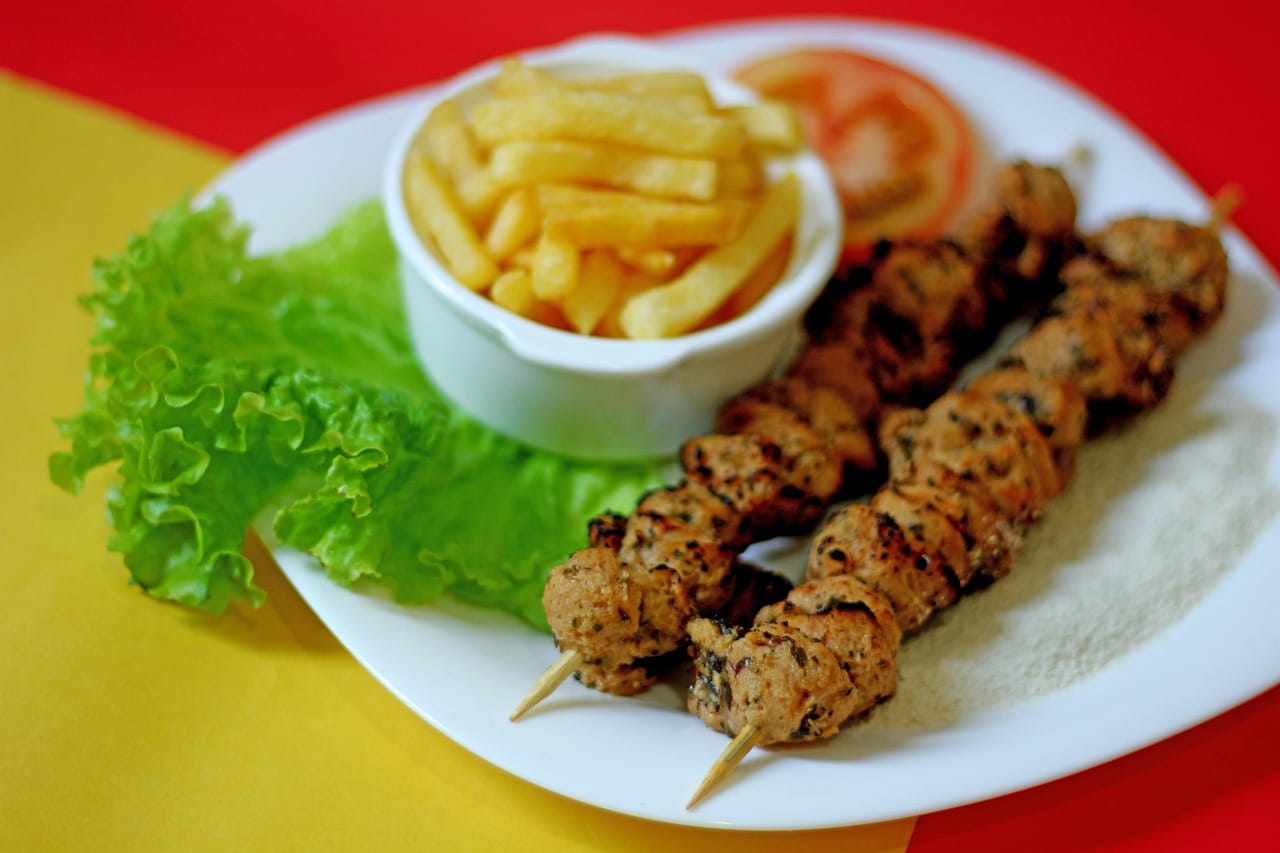Tuna salad: it’s a lunchtime staple, a picnic favorite, and a quick and easy dinner option. But beyond the basics, there’s a world of flavor and variations to explore. This humble dish can be elevated from a simple sandwich filling to a gourmet delight with the right ingredients and techniques. This guide dives into everything you need to know about making the perfect tuna salad, from selecting the best tuna to crafting creative flavor combinations.
Choosing the Right Tuna
The foundation of any great tuna salad is, of course, the tuna itself. Understanding the different types and qualities will significantly impact the final taste and texture.
Types of Canned Tuna
- Albacore: Known for its mild flavor and firm texture, albacore is a popular choice, especially when packed in water or olive oil. It generally has a higher mercury content compared to other types.
- Skipjack: This type has a stronger, more pronounced “fishy” flavor and a flakier texture. Skipjack is often more affordable than albacore and is commonly used in commercially prepared tuna salads.
- Yellowfin: A higher-end option, yellowfin tuna typically comes in larger, whole pieces. It boasts a rich flavor and is excellent for salads where tuna is the star.
Packed in Water vs. Oil
- Water: Tuna packed in water is lower in calories and fat. It allows the tuna flavor to shine through more distinctly. Drain well before using.
- Oil: Tuna packed in olive oil (ideally) retains more moisture and has a richer, more luxurious flavor. Some prefer to drain the oil, while others incorporate it into the salad for added flavor and richness.
- Considerations: Look for tuna packed in its own juices for a healthier, more natural option compared to those packed in vegetable oil.
Sustainability
- Look for certifications: Choose tuna that is sustainably sourced. Look for labels like “Marine Stewardship Council (MSC)” certified to ensure responsible fishing practices.
- Species considerations: Skipjack tuna is generally considered a more sustainable choice than albacore, as it reproduces more quickly.
Building Your Tuna Salad Base
Once you’ve chosen your tuna, it’s time to build the flavorful foundation of your salad. The key is balance and complementary flavors.
Classic Ingredients
- Mayonnaise: The traditional binder. Choose a high-quality mayonnaise or even experiment with homemade for a superior flavor. Consider using light mayo or Greek yogurt for a healthier option.
- Celery: Adds a refreshing crunch and subtle flavor. Finely dice for even distribution.
- Onion: Provides a sharp, pungent bite. Red onion, yellow onion, or even scallions can be used, depending on your preference. Mince finely to avoid overpowering the other flavors.
- Lemon Juice: A touch of acidity brightens the flavors and prevents the tuna salad from becoming too heavy.
- Salt & Pepper: Season to taste.
Creative Additions
- Pickles or Relish: Adds a tangy sweetness and another layer of texture. Dill pickles, sweet pickle relish, or even capers can work well.
- Hard-Boiled Eggs: Provides richness and creaminess. Chop finely or mash with a fork.
- Herbs: Fresh herbs like dill, parsley, or chives elevate the flavor profile.
- Spices: A pinch of smoked paprika, garlic powder, or even a dash of hot sauce can add complexity.
Example Recipe: Classic Tuna Salad
- 5 oz canned tuna (drained)
- 1/4 cup mayonnaise
- 1/4 cup finely diced celery
- 2 tablespoons finely minced red onion
- 1 tablespoon lemon juice
- Salt and pepper to taste
Flavor Variations and Twists
Don’t be afraid to experiment with different flavor combinations to create your signature tuna salad.
Mediterranean Tuna Salad
- Ingredients: Tuna, mayonnaise, Kalamata olives (chopped), sun-dried tomatoes (chopped), feta cheese (crumbled), red onion, oregano, lemon juice.
- Serving Suggestion: Serve on whole-wheat pita bread or with cucumber slices.
Spicy Tuna Salad
- Ingredients: Tuna, mayonnaise, Sriracha sauce, chopped jalapeño (optional), lime juice, green onion, sesame oil.
- Serving Suggestion: Use as a filling for sushi rolls or serve with crackers.
Avocado Tuna Salad
- Ingredients: Tuna, mashed avocado (instead of mayonnaise or in addition to), lime juice, cilantro, red onion, diced tomato.
- Serving Suggestion: Enjoy on toast or as a dip with tortilla chips.
Healthier Options:
- Greek Yogurt: Substitute Greek yogurt for some or all of the mayonnaise for a protein boost and lower fat content.
- Olive Oil-Based Dressings: Try a simple vinaigrette with olive oil, lemon juice, and herbs instead of mayonnaise.
Serving and Storing Tuna Salad
The presentation and proper storage of your tuna salad are just as important as the ingredients themselves.
Serving Suggestions
- Sandwiches: A classic choice. Use your favorite bread, lettuce, and tomato.
- Lettuce Wraps: A lighter option. Serve tuna salad in crisp lettuce cups.
- Crackers: A simple and satisfying snack.
- Salad Topping: Top a bed of mixed greens with tuna salad for a complete meal.
- Stuffed Vegetables: Stuff tuna salad into bell peppers, tomatoes, or avocados.
Storage Tips
- Refrigerate promptly: Store tuna salad in an airtight container in the refrigerator.
- Consume within 3-4 days: Tuna salad is best consumed within 3-4 days to maintain its freshness and prevent spoilage.
- Do not freeze: Freezing tuna salad is not recommended as it can affect the texture and flavor.
Conclusion
Tuna salad is more than just a quick lunch; it’s a canvas for culinary creativity. By understanding the different types of tuna, mastering the basic recipe, and experimenting with flavor variations, you can create a truly exceptional dish that caters to your taste and dietary preferences. So, ditch the same old routine and embark on a tuna salad adventure!




